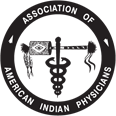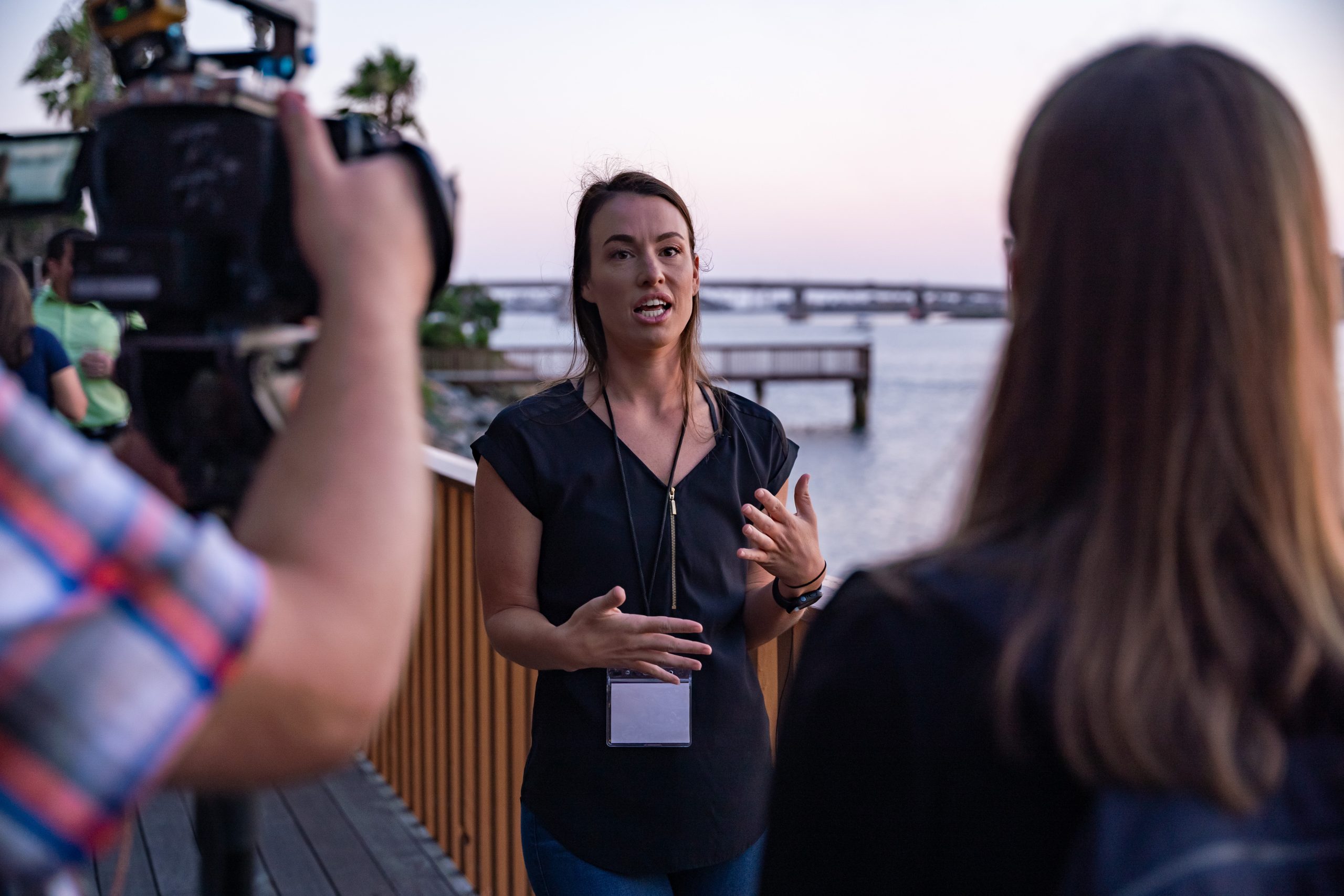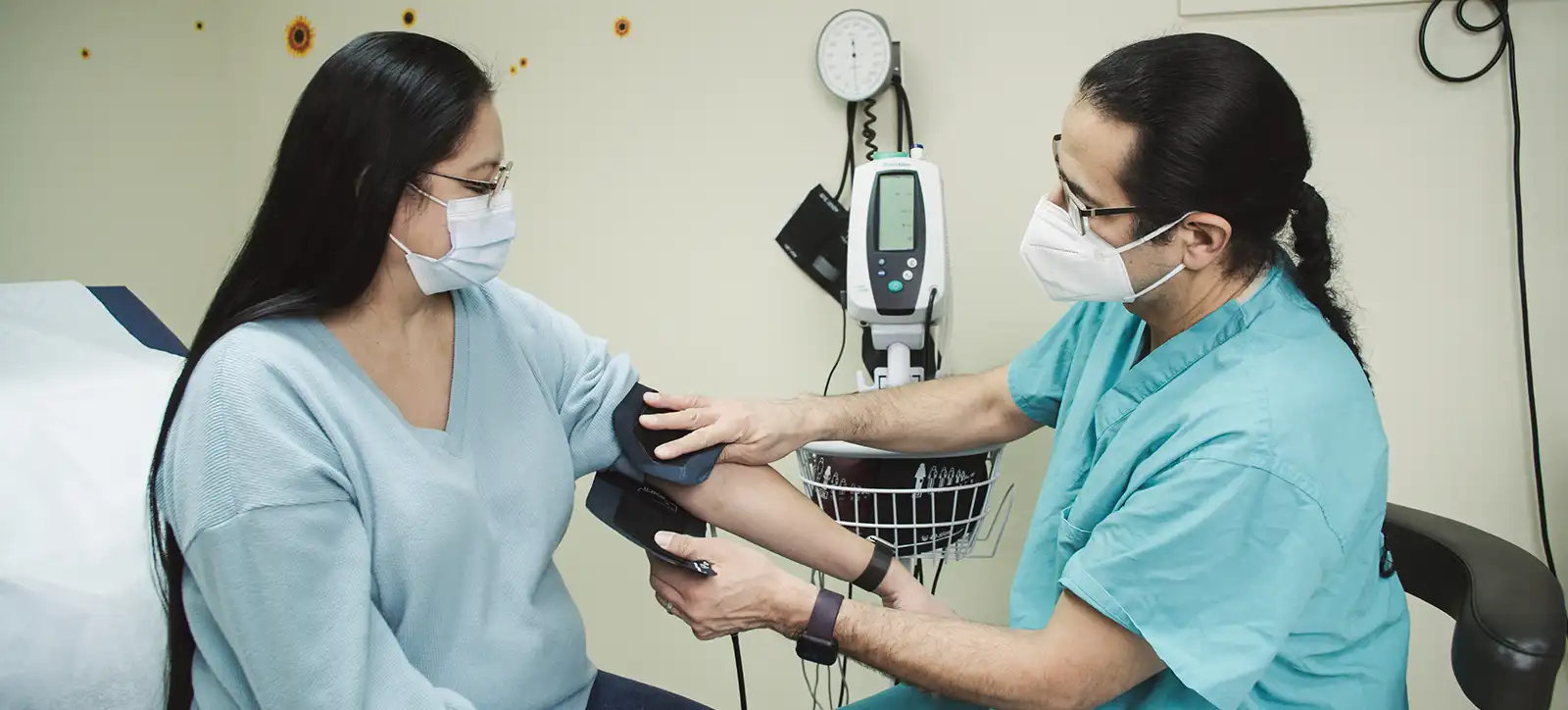RSV Prevention Information for Native Americans
Respiratory syncytial virus, or RSV, is a common respiratory virus that disproportionately impacts American Indian and Alaskan Native communities.
Each year, according to the CDC, nearly 14,000 adults aged 65 and older and up to 300 children under the age of five die from RSV-related complications. Experts say RSV-prevention methods are urgently needed to improve American Indian and Alaskan Native health.
New advancements in RSV prevention have been made, and there are new ways you can protect yourself, elders and infants in your communities from the harmful effects of RSV. A few of these options include:
· Infants up to eight months old and infants between eight and 19 months who are severely immunocompromised or suffer from chronic health conditions are eligible to receive an RSV antibody immunization to protect against the virus.
· Women who are 32-36 weeks pregnant during RSV season are eligible to receive an RSV vaccine. This vaccine helps protect newborns from RSV after they are born.
· Adults ages 60 and older are also eligible to receive an RSV vaccine.
Immunizations and vaccines are available for those most at risk of contracting or suffering from complications from RSV, such as infants, toddlers, pregnant women and adults aged 60 years and older.
Talk to your healthcare provider or visit your tribal clinic or physician to learn which vaccine or immunization is right for you and your family.
When you protect yourself and your family against RSV, you’re protecting communities, cultures and histories.
Learn more at CDC.gov/RSV.
Who can contract RSV?
Anyone can contract RSV, but it is most common among – and most detrimental to – babies, toddlers and older adults.
Each year, according to the CDC, nearly 14,000 adults aged 65 and older and up to 300 children under the age of five die from RSV-related complications.
How does RSV impact AI/AN communities?
American Indian and Alaskan Native infants and older adults are more likely to develop severe RSV and need hospitalization:
- A recent Pediatrics study suggests that RSV rates are 7 times higher among AI/AN children in the U.S. when compared to non-Indigenous children.
- CDC research shows that the rates of RSV are higher among the Alaskan Native population than among non-native Alaskans, and Alaskan Native infants reportedly experience one of the highest hospitalization rates for RSV among U.S. children.
- One in 10 Native American infants in the southwest United States will be hospitalized with RSV each year, according to the Center for Indigenous Health.
- Those 75 and older who have other conditions like cardiovascular disease or diabetes are at a higher risk of experiencing the effects of RSV.
Why is it important to protect myself and others from RSV?
When you get the RSV vaccine or immunization, you’re helping to ensure tribal cultures survive and continue to thrive for generations to come.
What are the symptoms of RSV?
According to the CDC, “People infected with RSV usually show symptoms within 4 to 6 days after getting infected.”
Symptoms of RSV infection can include:
- Decrease in appetite
- Coughing
- Runny nose
- Sneezing
- Fever
- Wheezing
Symptoms often appear in stages, rather than all at once. For infants who are very young, symptoms could only be decreased activity, irritability and difficulty breathing.
How can I protect myself and others from RSV?
There are multiple new vaccinations and immunizations to protect those most vulnerable to RSV:
· Infants up to eight months old and infants between eight and 19 months who are severely immunocompromised or suffer from chronic health conditions are eligible to receive an RSV antibody immunization to protect against the virus.
· Women who are 32-36 weeks pregnant during RSV season are eligible to receive an RSV vaccine. This vaccine helps protect newborns from RSV after they are born.
· Adults ages 60 and older are also eligible to receive an RSV vaccine.
AAIP and the CDC encourage all eligible American Indians and Alaskan Natives to contact their physician or healthcare provider if they are interested and eligible for any of these options.



